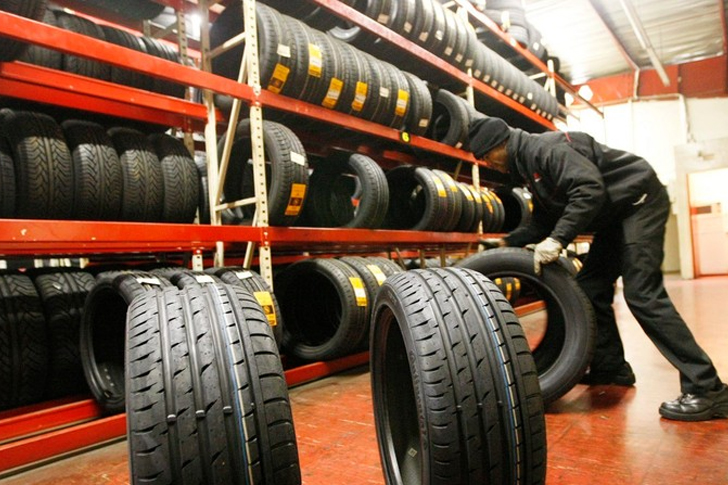How to Get Cheap 4 New Tires
New tires is crucial for maintaining vehicle safety and performance. This guide provides detailed insights and strategies to help you find the cheap new tires, ensuring both safety and prices.

Understanding Tire Costs
The cost of new tires varies widely based on the type, brand, and specifications required by your vehicle. Generally, the price for a standard set of new tires can range from $50 to $200 per tire. Factors influencing price include the tire’s durability, material quality, seasonality (all-season, winter, summer), and whether they are meant for specific vehicle types like SUVs or high-performance cars.
Strategies for Finding Affordable Tires
- Shop Around: Compare prices from multiple retailers, including big-box stores, tire specialty shops, and online platforms. Prices can vary significantly between outlets.
- Look for Sales and Promotions: Tire manufacturers and retailers often run sales, especially during certain times of the year like early spring or just before winter. Black Friday and Cyber Monday are also excellent times to look for deals.
- Utilize Rebates and Coupons: Many tire manufacturers offer rebates that can save you a substantial amount of money. Signing up for emails from tire retailers or checking their websites regularly can keep you informed about these opportunities.
- Consider Lesser-Known Brands: While premium brands like Michelin, Bridgestone, and Goodyear offer renowned quality and performance, lesser-known brands such as Hankook, Kumho, and Cooper also provide excellent quality at more affordable prices.
- Purchase Last Year’s Models: Similar to electronics, last year’s tire models can be much cheaper when new updates are released. These tires are new and unused but sold at a discount to clear inventory.
Evaluating Quality and Suitability
While it’s important to find tires at a good price, ensuring they are a good fit for your vehicle and driving needs is crucial. Consider the following:
- Vehicle Requirements: Check your vehicle’s owner manual for tire specifications. Using the wrong size or type can affect your car’s handling, performance, and safety.
- Driving Conditions: Think about the typical driving conditions you face. All-season tires are suitable for most environments, but winter tires are necessary for icy or snowy conditions.
- Tire Ratings: Tires come with ratings for tread life, traction, and temperature resistance. These ratings can help you choose tires that best meet your needs for longevity and performance.
Benefits of Investing in Quality Tires
Investing a bit more in high-quality tires can offer long-term savings. Higher-quality tires often have longer life spans, better fuel efficiency due to lower rolling resistance, and improved safety features. Over time, the cost per mile can make these tires more economical than cheaper alternatives.
DIY Tire Installation
Doing the tire installation yourself can save you installation fees that typically range from $15 to $45 per tire. However, this requires proper tools and skills. Most people will opt to have tires installed professionally to ensure it is done correctly and safely.
Real-World Cost Comparison
Here’s a breakdown of potential savings:
- A set of mid-range all-season tires typically costs about $100 per tire. With discounts and rebates, you might spend $75 per tire.
- Including potential rebates of $50 and avoiding installation fees by self-installing, the total cost for four tires could be around $250, down from $400.
Conclusion
Finding affordable new tires involves more than just looking for the lowest price. It’s about finding the best value — tires that meet your specific needs at the best price point. By researching, taking advantage of sales and promotions, and considering all relevant factors, you can make an informed decision that balances cost, performance, and safety. Careful shopping and informed choices can lead to significant savings without compromising on quality.







Recent Comments